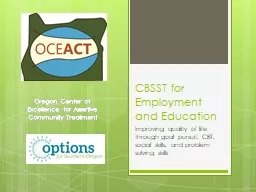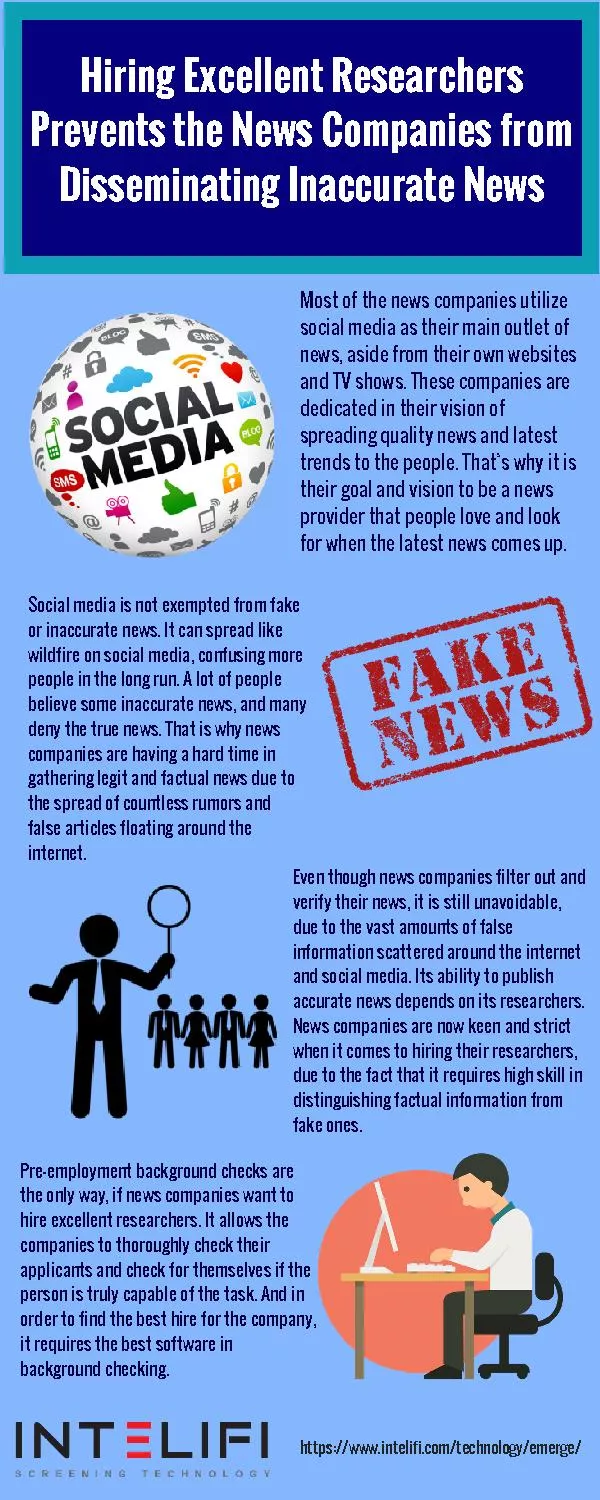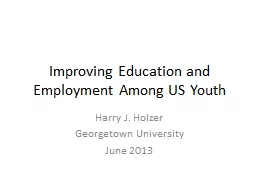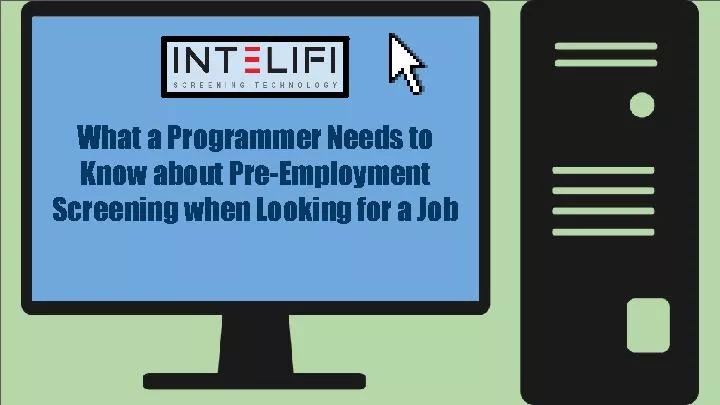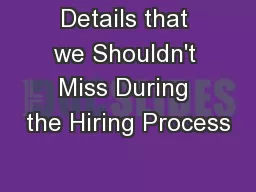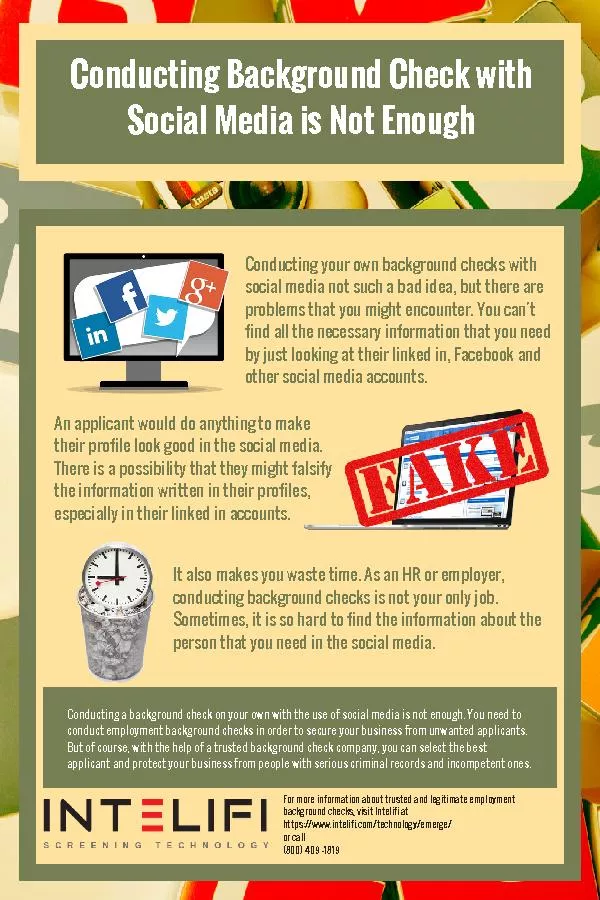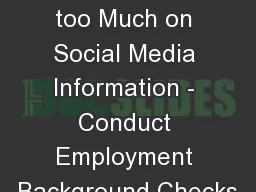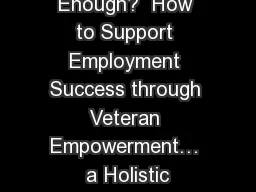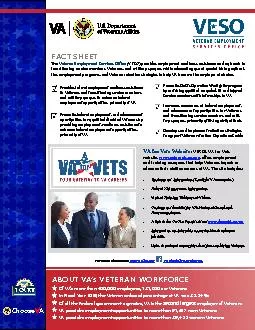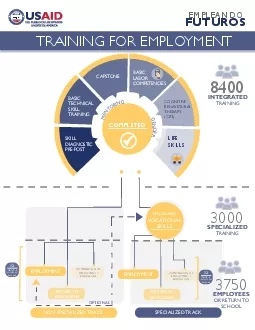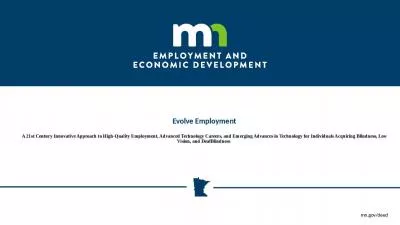PPT-CBSST for Employment and Education
Author : liane-varnes | Published Date : 2018-11-05
Improving quality of life through goal pursuit CBT social skills and proble m solving skills Oregon Center of Excellence for Assertive Community Treatment Collaborative
Presentation Embed Code
Download Presentation
Download Presentation The PPT/PDF document "CBSST for Employment and Education" is the property of its rightful owner. Permission is granted to download and print the materials on this website for personal, non-commercial use only, and to display it on your personal computer provided you do not modify the materials and that you retain all copyright notices contained in the materials. By downloading content from our website, you accept the terms of this agreement.
CBSST for Employment and Education: Transcript
Download Rules Of Document
"CBSST for Employment and Education"The content belongs to its owner. You may download and print it for personal use, without modification, and keep all copyright notices. By downloading, you agree to these terms.
Related Documents

